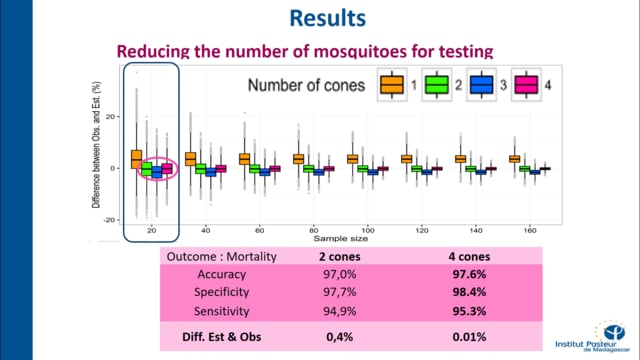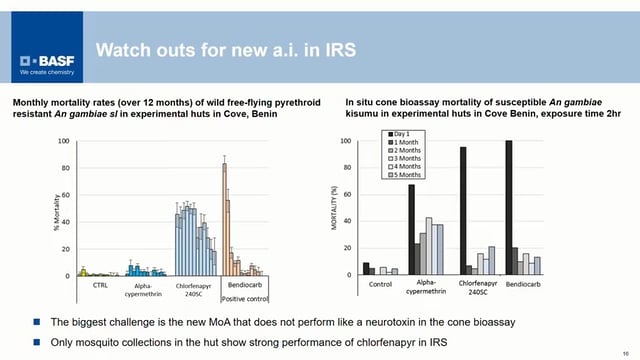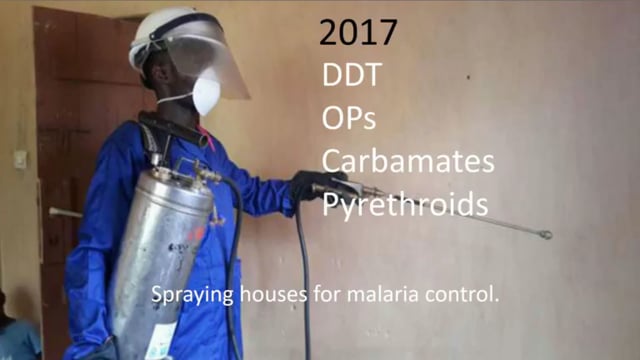ASTMH 2016, Sanjiarizaha Randriamaherijaona: “Evaluate mosquito nets faster and cheaper: results for Public Health interest”
Collaborator(s): Institut Pasteur of Madagascar (IPM), Madagascar
Published: 14/11/2016
In collaboration with ASTMH, Image Audiovisuals, and session presenters, MESA brings you this webcast from the 65th ASTMH annual meeting in Atlanta, November 2016.
Title: “Evaluate mosquito nets faster and cheaper: results for Public Health interest”
Speaker: Sanjiarizaha Randriamaherijaona, Institut Pasteur de Madagascar
Session information: Scientific Session 12: “Mosquitoes: Operational Control”
Monday, 14 November, 8am – 9:45 am, Marriott – Room A703/704
Abstract:
The World Health Organization (WHO) promotes the use of long-lasting insecticidal nets (LLINs) to prevent malaria and also advises national programs to evaluate insecticidal activity on nets. To measure insecticidal activity, the WHO guidance mentions the use of a cone test, which needs 100 female mosquitoes per tested net. However, it requires a major and steady effort to produce thousands of insecticide-susceptible female mosquitoes, involving also expensive materials. The aim of the present study is to improve LLIN bio-efficacy testing by reducing cost and efforts while guaranteeing the accuracy of results. We evaluated two alternative methods to fulfill this objective: reducing the number of mosquitoes and evaluating a mosquito-free method. First, we compared the use of one, two, three or four cones (i.e. 25, 50, 75 or 100 mosquitoes) on each piece of LLIN with its Bayesian probability to be a valid LLIN. The result showed that using two cones has a limited impact on accuracy (93%) as compared with actual standard of four cones (94%). In a series of several LLINs, the average error in the measured proportion of valid LLINs was <1%. This result shows that it is possible to halve the time of lab processes without loss of accuracy for Public Health recommendations. Second, we evaluated a Colorimetric Field Test (CFT), a chemical method to measure surface levels of insecticide on LLINs. From three brand of LLINs collected in Madagascar, cut off values corresponding to the threshold value of 80% mortality with bio-assay test were determined at 0.35 µg, 0.60 µg and 0.07 µg per sample to consider a LLIN as ‘good net’. The results showed 92% sensitivity and 100% specificity, demonstrating that CFT is an excellent tool for assessing the residual activity of the insecticide. By adopting one of these methods, one could save much time and money to make a faster and cheaper decision for malaria control programs. A decision that could save human lives!
THEMES: Monitoring & Evaluation | Vector Control



